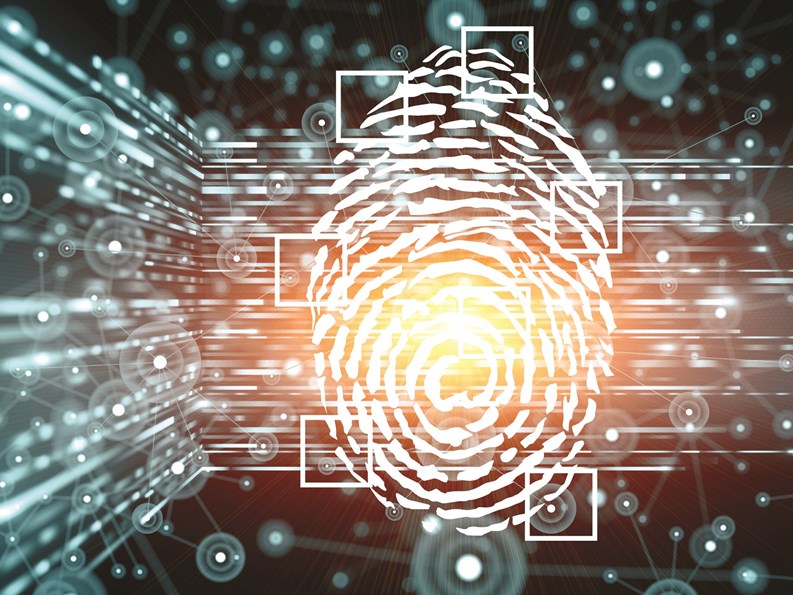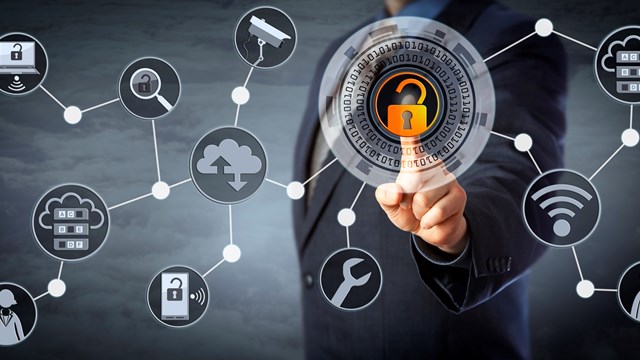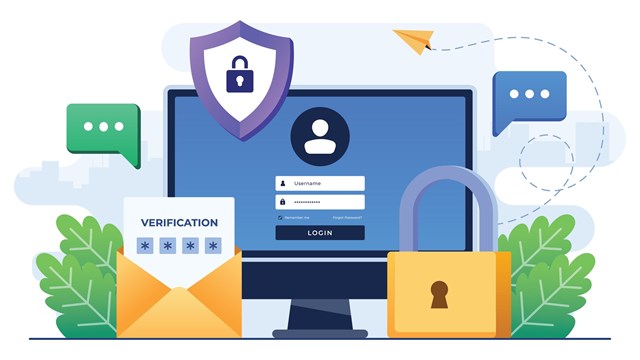Along with location and amenities, safety is one of the foremost factors homebuyers take into consideration when searching for a home. Current advancements in security technologies have evolved ten-fold since just five years ago, yet despite all of the high-tech developments, the presence of a security professional does wonders to make residents feel safer at the end of the day.
Not a Replacement
Technology is one way security officers extend their presence and become more effective in keeping a building safer, but it should not be considered a replacement for an actual on-site security officer. There are weaknesses in every security system, and it is imperative that security personnel and technology are coordinated to provide the safest atmosphere for residents. The technology is only as good as the people behind it.
The key is seamless integration. Security personnel must have the highest-caliber training, and security companies need to make sure the appropriate cameras, access control devices and other monitoring equipment are in place.
Various technology and hardware is used in residential complexes. Security gates on garden apartment and "gated" communities are highly desirable and offer residents a comforting feeling of safety and security. This makes residents feel good about where they live, and the presence of a security officer makes people feel safer when they arrive home at night. Gates also offer the feeling of "exclusivity" that residents want—and they will pay more to have them.
Technology and People
When it comes to high-rise apartments and condominiums, many buildings are moving away from keys and toward electronic key fobs—small devices that can be swiped to gain entry into the lobby, fitness center, pools, storage and other areas. Similar to grocery store discount cards and gas station smart cards, fobs fit on key chains and are quite easy to use.
When a tenant swipes his or her key fob, a picture of the person and what unit they are in can pop up on a security guard's screen. An individual without his or her card or a contractor or delivery person must use the front desk to be announced and identified.
Also on the horizon in security technology are biometrics, where one's fingerprint or other physical characteristics are read and recorded. Like card-key access control, biometrics are being used more and more by office buildings, but its use in a residential setting is something we may see in the future. Walt Disney World, for example, is already utilizing biometrics to make sure the same person uses an admission ticket from day to day. In the future, we may also see retinal scans for building access, but that could be a long way off for most residential properties.
One of the newest developments is monitoring of security cameras by people physically located in another area. This is an individual management decision to be made by each residential complex, but can be a cost-effective option. Security personnel view cameras connected to the Internet and don't have to be on the premises. Of course, additional security personnel can be within easy reach and local authorities can be contacted immediately if necessary.
In fact, computers have significantly changed the way security systems operate. Today's technology can be controlled through various types of computer systems and software, and it's no longer necessary to keep VHS tape recordings of camera systems. A year's worth of recordings can be saved on a small file right on a computer hard drive.
Training is Key
The key to successfully integrating technology into a residential security operation is training your security personnel to operate, monitor and maintain equipment properly. If the people behind the technology don't know how to use it properly, it is of no value. Cameras with no one watching them are not effective. Neither is a garage door that is left open, or key fob access with no one behind the desk to monitor visitors.
Professionals must be able to properly leverage all of the technology's applications, including archiving crucial moments in case it is needed later as evidence in case of a crime such as a robbery or break-in. Any training program should include educating personnel on how to operate all computer and surveillance systems, as well as how to physically respond to an emergency. Guards should master the equipment and its functions so they can perform to their job's full potential, and must be able to work together as a team to deliver the quickest response rate.
The key thing to remember is that technology is mission-critical in ensuring the safety and security of residents and tenants of a building. However, it cannot be done in the absence of high-quality personnel who are trained to effectively monitor, record and maintain the equipment being utilized.
Technology alone can never take the place of a security team, which has the senses—eyes, ears, nose, voice—to react to any situation. A camera may be able to see things, but there is no way it can react like a trained professional in an emergency.
Dino Iuliano is a former US Marine and vice president of operations for Planned Security Services in Parsippany.







Leave a Comment